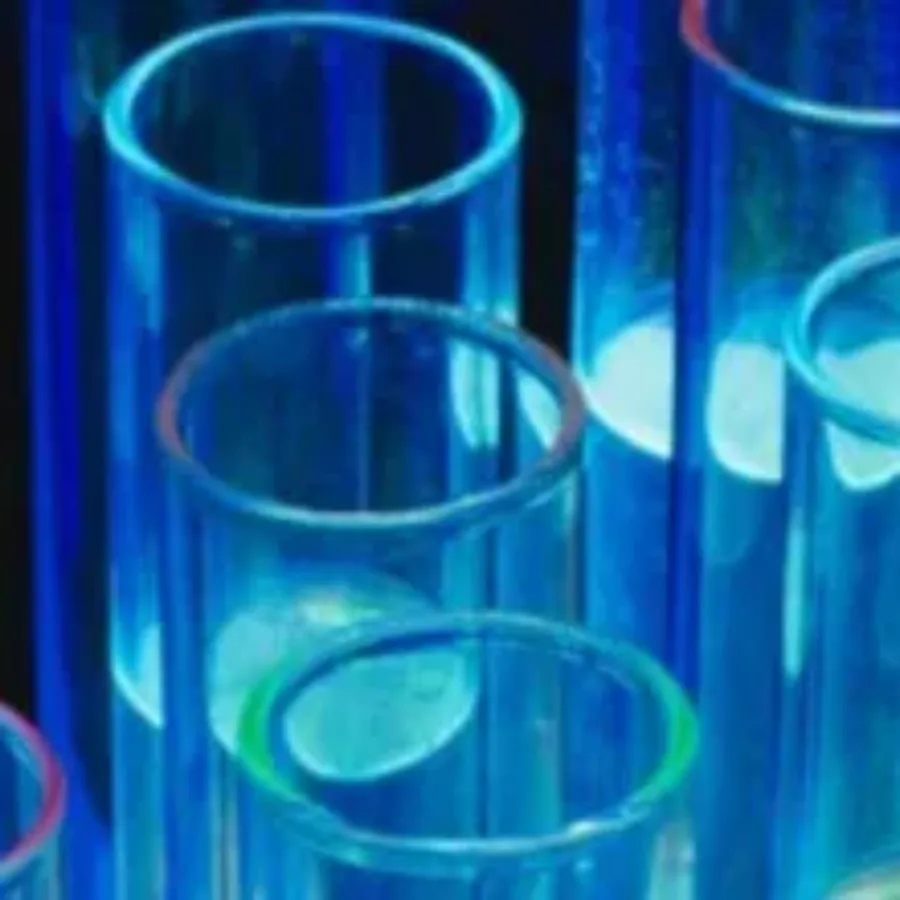 Blogs
Blogs
Dose Formulation Analysis is an essential step in regulated nonclinical studies. Robust analytical methods, rapid turnaround, and efficient communication helps ensure the dose form results for your GLP studies are delivered on time. At KCAS Bio, our scientific expertise allows us to develop methods that achieve…
 Blogs
Blogs
In the ever-evolving landscape of pharmaceutical research…
 Blogs
Blogs
ICH M10 (International Committee of Harmonization Multidisciplinary guideline) provides guidance on bioanalytical method validation and study sample analysis for the measurement of chemical and biological human drugs and their metabolites in biological samples. Such pharmacokinetic/toxicokinetic data serve as the basis for regulatory decisions on the safety, dosage, and…
 Blogs
Blogs
Dose Formulation Analysis is an essential step in regulated nonclinical studies. Robust analytical methods, rapid turnaround, and efficient communication helps deliver your GLP studies’ dose formulation analysis results on time…
 Blogs
Blogs
In its simplest terms, Dose Formulation Analysis (DFA) verifies all solutions used in preclinical toxicology studies. For FDA IND applications, dose formulation analysis is critical. Some companies are unfamiliar with the DFA process or…
 Blogs
Blogs
Dose Formulation Analysis is an essential step in regulated nonclinical studies to ensure correct doses are administered to underpin toxicokinetic assessments. Based on years of experience, KCAS has built a stand-alone team dedicated to…
 Blogs
Blogs
At KCAS, we work with Director, VP, and C-level pharmaceutical and biotech executives that need to measure their drug or the effect of their drug in biological matrix. Many of our customers rely on…
 Blogs
Blogs
Several important classes of drugs are inherently unstable in biological fluids. Examples include alkylating agents, cytostatic nucleosides, drugs with ester, aldehyde, thiol, nitroxyl or lactone functional groups, and small molecule compounds with unstable metabolites, such as acylglucuronides. The rate at which an analyte degrades in blood, other biological fluids, or…
 Blogs
Blogs
The 505(b)(2) drug development path, in contrast to traditional development of a new, never been approved drug (described under 505(b)(1) of the Federal Food, Drug, and Cosmetic Act) or ANDA (described under Section 505(j) of the Act) for a generic drug that is no longer under patent…